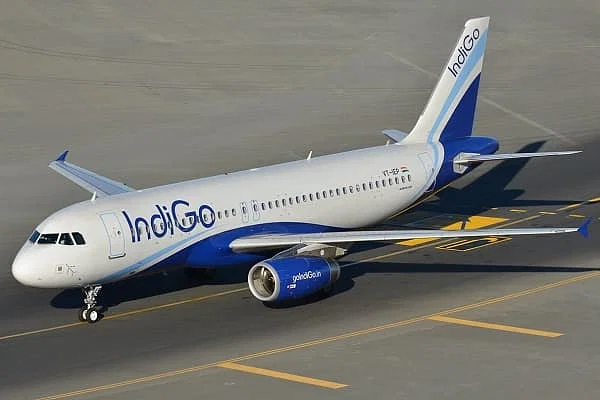Indian airlines are gearing up for the upcoming winter season with a significant increase in flight departures, according to data from the Directorate General of Civil Aviation (DGCA). The winter schedule, effective from the last Sunday of October to the last Saturday of March, will see 23,732 flight departures per week, marking an 8% growth compared to previous schedules. This surge is especially significant, considering the aviation industry’s challenges over the past few years due to the COVID-19 pandemic.
The total flight departures for this winter season will be 1.4% higher than in the winter of 2019, which saw 23,403 departures. Furthermore, it represents a 3.6% increase compared to the summer schedule, which had a total of 22,907 flight departures. The growth in flight departures is a positive sign of the aviation industry’s gradual recovery and increased demand for air travel.
The DGCA approves flight departures for airlines in India biannually, covering both the summer and winter schedules. The number of approved flights depends on the applications submitted by airlines. However, this year, the schedule includes the absence of Go First, which had 1,390 flight departures in the previous winter season. Despite this, India’s largest airline, IndiGo, is set to lead the growth in flight deployments.
IndiGo is expected to deploy 30% more flights than the previous year, with a proposal for 13,119 flight departures per week, significantly higher than the 10,085 departures it proposed last year. The Tata-owned Air India is also on an upward trajectory, with a 19% increase, proposing 2,367 flight departures per week, up from 1,990 the previous year.
AirAsia India and Air India Express jointly proposed 1,940 flight departures, compared to 1,462 in the previous winter schedule, reflecting a 32% increase. In contrast, Vistara is expected to see a 2% decrease in proposed flight deployments, with 1,902 departures per week.
Akasa Air, India’s newest airline, is set to increase its weekly flight departures by 5% compared to the summer schedule and a remarkable 65% compared to the previous winter schedule, reaching a total of 790 flights per week. However, low-cost carrier SpiceJet will face a 33% reduction compared to the same period last year and a 5% decrease from the summer schedule, with a proposal of 2,132 flights per week.
Additionally, the DGCA announced new airports to be included in the schedule, such as Bhatinda, Jaisalmer, Ludhiana, Nanded, Shivmoga, Salem, Utkela, Hindon, and Ziro. However, operations from Gondia airport have been excluded from the Winter Schedule 2023.
The surge in flight departures for the upcoming winter season indicates positive developments in the Indian aviation industry, showcasing the resilience and adaptability of airlines in response to changing market conditions. As air travel demand continues to rebound, airlines are making efforts to meet the growing needs of passengers across the country.
